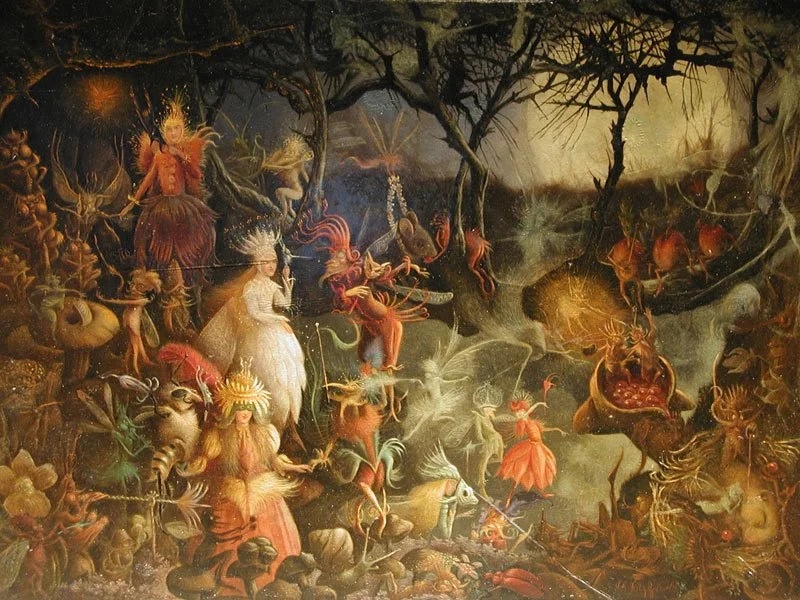ANCIENT ROOTS: FROM CELTIC SAMHAIN TO AZTEC RITUALS – THE TRUE HALLOWEEN ORIGINS

The Veil Thins: How Pagan Harvest Festivals and Christian Feast Days Merged to Create the Modern Holiday
DUBLIN / MEXICO CITY – Every year on October 31st, millions of people worldwide celebrate Halloween with costumes, jack-o’-lanterns, and candy. However, few realize that this globally popular secular holiday fuses traditions from vastly separate civilizations. The true Halloween Origins lie deep in the history of the ancient Celtic festival of Samhain and, later, intertwine with the Aztec celebrations that preceded Mexico’s Day of the Dead (Día de los Muertos).

☀️ PART 1: THE CELTIC ROOTS — SAMHAIN AND THE END OF SUMMER
The holiday’s most direct lineage traces back over 2,000 years to the Celts, who inhabited what is now Ireland, the United Kingdom, and Northern France. For them, the year ended not on December 31st, but with the Samhain festival, celebrated around October 31st.
- A Time of Transition: Samhain (pronounced “SOW-in”) literally means “summer’s end” in Gaelic. The festival marked the end of the harvest season and the beginning of the “darker half” of the year—the cold, often deadly winter.
- The Thin Veil: Celts firmly believed that during Samhain, the veil separating the worlds of the living and the dead grew incredibly thin. Consequently, the souls of the deceased could return to the human world.
- Costumes and Bonfires: People lit massive bonfires to ward off malevolent spirits. Furthermore, they wore elaborate masks and costumes to disguise themselves from any wandering ghosts or supernatural beings, fearing they might be mistaken for the dead. This tradition is the direct predecessor of modern Halloween costumes. **** (Alt Text: Ancient Celtic Samhain festival bonfire, illustrating the pagan Halloween Origins.)

✝️ PART 2: THE CHRISTIAN INTEGRATION AND EVOLUTION
The Roman conquest of Celtic lands in the 1st century AD saw Samhain traditions merge with Roman harvest festivals like Feralia and Pomona. However, the most significant change occurred centuries later through the Catholic Church:
- All Hallows’ Day: In the 8th century, Pope Gregory III designated November 1st as a time to honor all Christian saints (All Saints’ Day, or All Hallows’ Day). This decision strategically coincided with the Samhain festival, allowing the Church to incorporate pagan rituals into the Christian calendar to ease conversion.
- The Name: The evening before All Hallows’ Day (October 31st) became known as All Hallows’ Eve. This name eventually evolved into the familiar modern term, Halloween. Therefore, Halloween is officially the eve of a Christian holy day, built upon a pagan foundation.
💀 PART 3: THE AZTEC INFLUENCE AND DÍA DE LOS MUERTOS
While separated by an ocean and millennia, the Aztecs of Central Mexico possessed parallel traditions of honoring the deceased:
- Mictecacihuātl Festival: Before the Spanish conquest, the Aztecs held month-long rituals dedicated to Mictecacihuātl, the goddess of the underworld and the “Lady of the Dead.”
- Fusion: When Spanish conquistadores arrived, they merged these indigenous rituals with the Catholic All Saints’ and All Souls’ Days (November 1st and 2nd). This blend created Día de los Muertos (Day of the Dead). But, unlike the Celtic Samhain, which focused on warding off evil, Día de los Muertos is a joyful celebration where families welcome the spirits of their ancestors home.

🇺🇸 THE AMERICAN CROSSING
The contemporary version of Halloween, characterized by trick-or-treating and carved pumpkins, was largely popularized in North America. Consequently, large-scale immigration of Irish Catholics to the U.S. during the 19th-century potato famine introduced the ancient traditions. Later, these rituals mixed with existing harvest celebrations and evolved into the massive, secular holiday known today.
The Halloween Origins are thus a complex tapestry, weaving together ancient Celtic survival rituals, Roman harvest traditions, Christian solemnity, and indigenous Aztec reverence for the afterlife.






